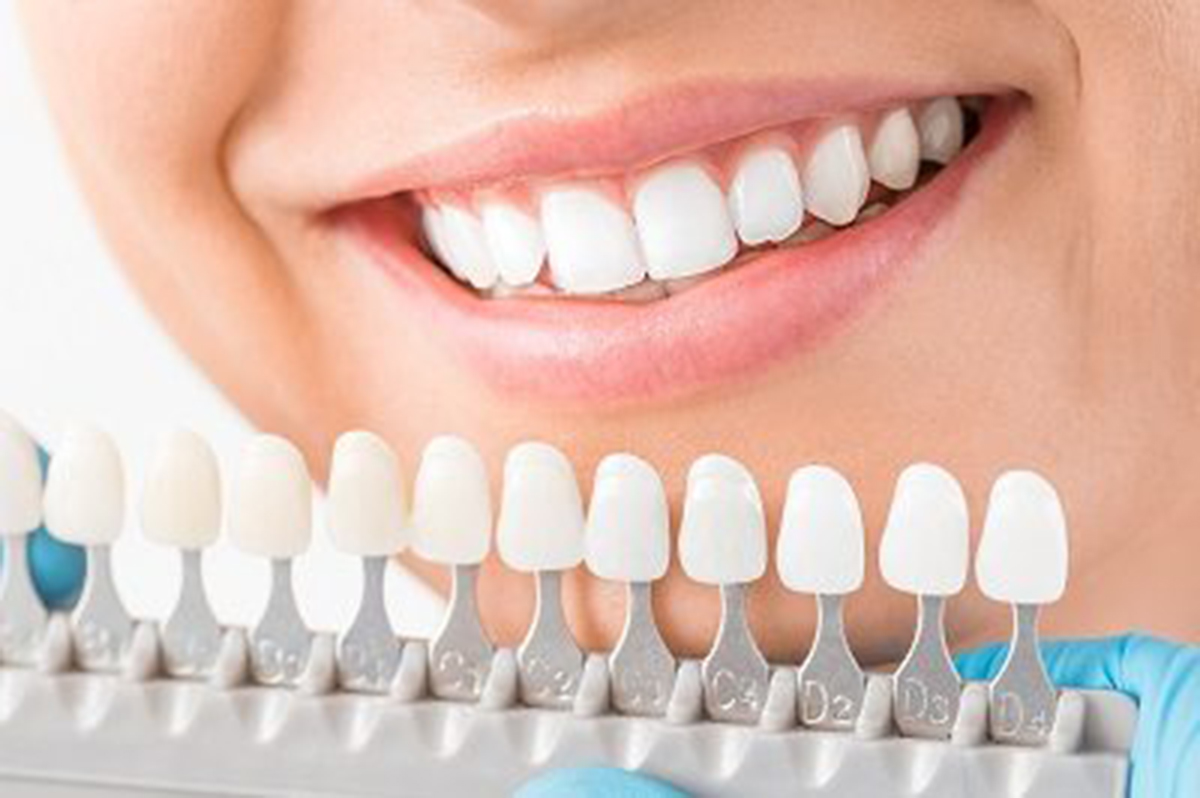
19
Oct
The Difference Between Traditional and No-Prep Veneers

Veneers are thin, custom-made shells that attach to the front of your teeth to improve their appearance. They boost your smile by changing the color, shape, size, and length of your teeth. Veneers can correct worn down, chipped, or broken teeth, unwanted gaps, and discoloration that doesn’t respond to whitening treatments. You can also use veneers to correct mild misalignment and uneven or misshapen teeth.
While they are available in various forms, there are two main types of veneers; traditional and no-prep veneers. Read on to find out the difference between the two, so you can make an informed decision.
About Traditional Veneers
Traditional veneers are permanent and available in porcelain or composite materials. When installing traditional veneers, your dentist will first prepare your teeth by removing a small amount of enamel to ensure that they fit comfortably and look natural. Your dentist will then take an impression of your teeth for the fabrication of your veneers. Once ready, the veneers are bonded to your teeth using dental cement and UV light. Traditional veneers are a permanent option, and they can last for many years with proper care.
Types of Traditional Veneers
When getting traditional veneers, you can choose between two types: porcelain veneers or composite veneers. While porcelain and composite veneers have their differences, they are both aesthetically appealing.
- Porcelain: Porcelain is a biocompatible material that closely mimics the color and transparency of enamel. They are stain-resistant and effective as a long-term treatment. Getting porcelain veneers requires at least two dental visits, one for preparation and another for placement.
- Composite: Composite veneers are a quick and affordable alternative to porcelain veneers as they only require one appointment and they only need minimal enamel removal. However, they chip easily and can stain just like natural teeth. Composite veneers can last for up to eight years, and you can repair them easily as needed.
About No-Prep Veneers
No-prep veneers refer to veneers that need less tooth preparation for placement. Your dentist only takes an impression of your teeth to make custom veneers before bonding them to the front of your teeth. If an alteration is necessary, it is minimal as the dentist only removes a small amount of enamel. The process is painless and does not require an anesthetic unless you suffer from excess sensitivity.
Types of No-Prep Veneers
No-prep veneers may be made of porcelain or composite. Below are your typical types of no-prep veneers.
- Vivaneers Veneers: Vivaneers are ultra-thin veneers that allow for opaque or translucent chairside shading. They are also durable and long-lasting.
- Lumineers® Veneers: Lumineers are the most-marketed and popular type of no-prep veneers. They are ultra-thin and go over your teeth to produce a natural-looking smile.
- DURAthin® Veneers: These veneers are designed to attach directly to the front of your teeth without shaving the enamel. They are highly conservative and do not impact your smile if you decide to remove them.
No-prep veneers are convenient and less costly compared to traditional veneers.
Caring for Your Veneers
Taking proper care of your veneers lengthens their lifespan. Practice proper oral hygiene by brushing and flossing daily. Get regular dental checkups to maintain your oral health and ensure that your veneers are in good shape.
Other ways to take care of your veneers include getting a splint or retainer if you grind your teeth at night and wearing a mouthguard when engaging in vigorous physical activity. Lastly, avoid chewing or biting hard foods and using your teeth as tools to open packages.
Ask Your Dental Professional
Conserving your natural enamel is essential in any dental restoration procedure, which calls for expertise and precision during veneer placement. Always seek the services of a dentist with experience in veneers. A professional dentist will discuss your options with you and recommend appropriate solutions depending on your oral situation.
The post The Difference Between Traditional and No-Prep Veneers first appeared on Dental Signal.
Share this Article

Dr. phan

Dr. Abel
Husband and wife duo Drs. Chuong Phan and Anna Abel lead the Abel, Phan, and Associates dental team.
Dr. Phan is a Howard University College of Dentistry graduate and has practiced for over 20 years. His favorite clinical procedures are orthodontic and endodontic treatments, including root canal therapy. He has been trained in many prestigious institutes. Dr. Abel graduated from the University of Maryland School of Dentistry and has over 20 years of experience. Her favorite procedures are cosmetic services like veneers, implants, and oral surgery. She has trained with top-level organizations.
Both doctors are regular volunteers at Northern Virginia Dental Clinic, providing care to low-income patients, for which they have received many honors. They have also volunteered to help disadvantaged communities, especially children, through many foreign missions.

